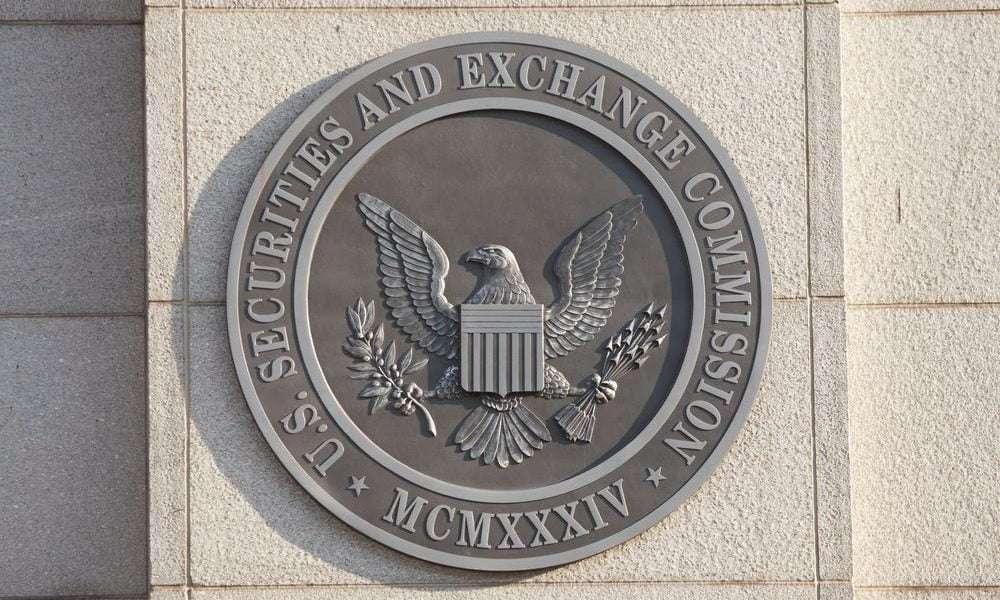Interest rates, like summer temperatures, have been rising. Many expect them to continue to do so, after a long run of historically low rates. As a result, many borrowers are looking to convert their HELOCs to a traditional mortgage or other type of fixed-rate loan.
Today's mortgage rates are still unusually low by historic terms, so borrowers who convert the balance on an adjustable-rate HELOC (home equity line of credit) can still lock in a great low rate for 10, 15, even 30 years. And that rate will never change, no matter how high interest rates may go.
Rising Rates and HELOCs
HELOCs are set up as adjustable-rate loans during the draw period, when you can borrow against them and make interest-only payments on the balance. While they often convert to a fixed rate when the repayment phase kicks in, that may not be for 10 years – and interest rates can rise quite a bit during that time.
Higher interest rates mean higher payments – potentially, quite a bit higher, if rates should rise by several points over the coming decade. So when the repayment phase of your HELOC kicks in, you could be facing a larger bill than you expected.
So if you're in a position to start paying off your balance, it might make sense to convert your HELOC to a home equity loan with a fixed rate. Or you might roll it into your primary mortgage through a cash-out refinance.
First option – Convert HELOC to home equity loan
This is the most straightforward option, since you're just switching one type of home equity loan for another. But with a standard home equity loan, you simply borrow a set amount of money and begin repaying it immediately at a fixed rate. A HELOC lets you borrow and repay as you wish during the draw period of up to 10 years, before you have to being repaying principle.
In this type of refinance, you simply take out a home equity loan and use it to pay off the balance on the HELOC as a single transaction. You don't have to use the same lender that you have the HELOC through; it's a completely different loan. You will have to pay certain closing costs, including an origination fee based on the loan amount.
Second option – Converting HELOC to mortgage
You could also simply roll the balance on your HELOC into your current home mortgage. There are several benefits to this: you only have to deal with one monthly payment, it will likely get you the lowest fixed rate of any option and you can stretch out your payments for up to 30 years, depending on your mortgage.
You do this through a cash-out refinance of your current mortgage, using the cash portion to pay off the HELOC. This has fairly high up-front costs, since your origination fees are based on the entire mortgage amount. So this option works best if you either have a fairly large balance on your HELOC or if refinancing will also allow you to reduce your current mortgage rate.
Why you might want to keep your HELOC
Converting a HELOC to a conventional mortgage or home equity loan does have certain downsides. For one, you'll no longer be able to draw against your line of credit because you're refinancing into a different type of loan. Second, you'll incur certain closing costs in setting up the new loan, which you need to weigh against the possibility that rates might rise. If rates rise only a little, or even decline, converting to a fixed rate could end up costing you more over the long term.
Third, your HELOC is an interest-only loan during the draw period, which keeps your payments low and gives you payment flexibility – you only make payments against principle when you wish. If you convert to a fixed-rate home equity loan or mortgage, you'll begin repaying loan principle right away.
You could simply opt to begin repaying the balance on your HELOC right now, without borrowing further amounts, and avoid the costs of refinancing. That's not a bad strategy, though if it's going to take you 10 years or more to pay off the whole thing, you could get caught by rate increases.
Most HELOCs are regulated, so there are limits to how fast and high their interest rates can rise. Still, these upper limits are often as high as 18 percent. Interest rates may not climb that high anytime soon; but the risk of a HELOC during inflationary periods is not much different than the risk of credit card borrowing. And credit card borrowing is hardly ever an inexpensive financial strategy.
A note about closing costs
Although a conventional home equity loan or mortgage involve closing costs, those fees can be packaged into the mortgage, or "rolled into the loan," and paid off over time. For those who are really savings conscious, it may be best to pay the origination fees now and avoid paying interest on them over time. But if funds are tight or you don't want to touch your savings, financing your closing costs by rolling them into the loan allows you to convert your HELOC right now and lock in today's interest rates.
HELOC loans are worrysome to many borrowers and changing your HELOC to a fixed rate mortgage is preferred by many. HELOC does have lower interest rates and payment flexibility, however, it should only be used in circumstances which make the most financial sense.





